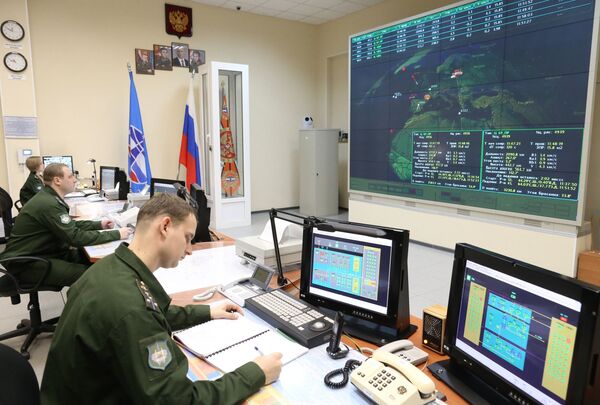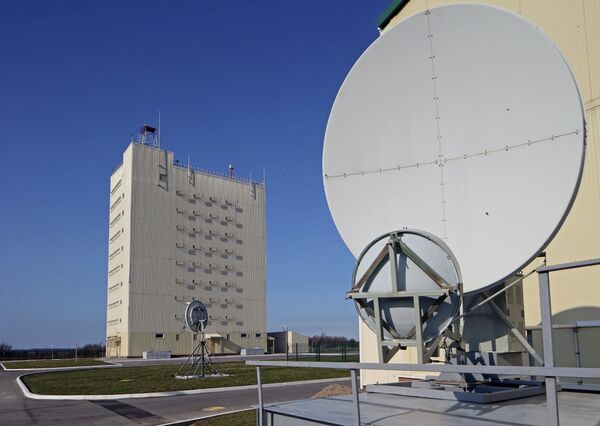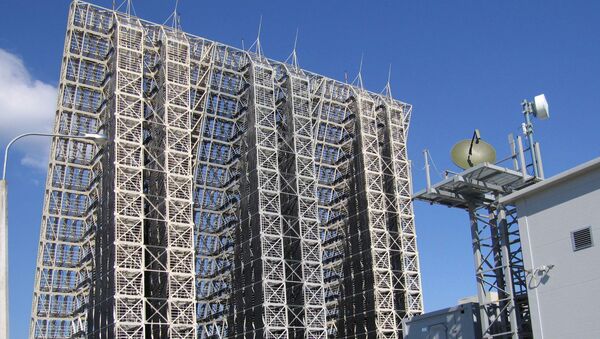The new Voronezh-VP radar's ability to track incoming ballistic missiles and even low-flying targets like cruise missiles from great distances provides the Russian Armed Forces with ample time to react.
Working in the meter range, the advanced radars will be able to detect the incoming missiles and directly relay target data to surface-to-air missile systems like the S-300, the S-400 and the upcoming S-500, the Russian newspaper Izvestia reported.
The new radar network is expected to be based on the already-existing Voronezh-class early warning stations.

Speaking to Sputnik, Russian military expert Alexey Leonkov explained that the Voronezh-class early warning stations were built in line with a single modular principle.
"Depending on the modules of an antenna array, it is possible to create the unique Voronezh-VP radar station which was developed by RTI Systems Concern," Leonkov said.
He added that more sophisticated early warning radars are expected to enter service with the Russian Armed Forces in the near future.

According to him, the state-of-the-art Voronezh-SM radar will work in the centimeter rage.
"This project is still under development, but I expect several such stations to appear in Russia by 2020," Leonkov said.
He also said that "Americans always react very vehemently to all this, especially when information about [the Russian radar] stations operating in meter and centimeter ranges is published."
"Such information rides roughshod over their programs for the development of stealth technologies because it means that their 'invisible' means of air attack become visible. They are very much alarmed and there are wide-scale debates on the matter because these stealth programs cost tens of billions of dollars," he concluded.
The newspaper Izvestia quoted him as saying that cruise missiles are probably one of the hardest targets for the air defense forces to detect, and that it normally takes establishing a network comprised of a considerable number of radar stations to create effective countermeasures.



